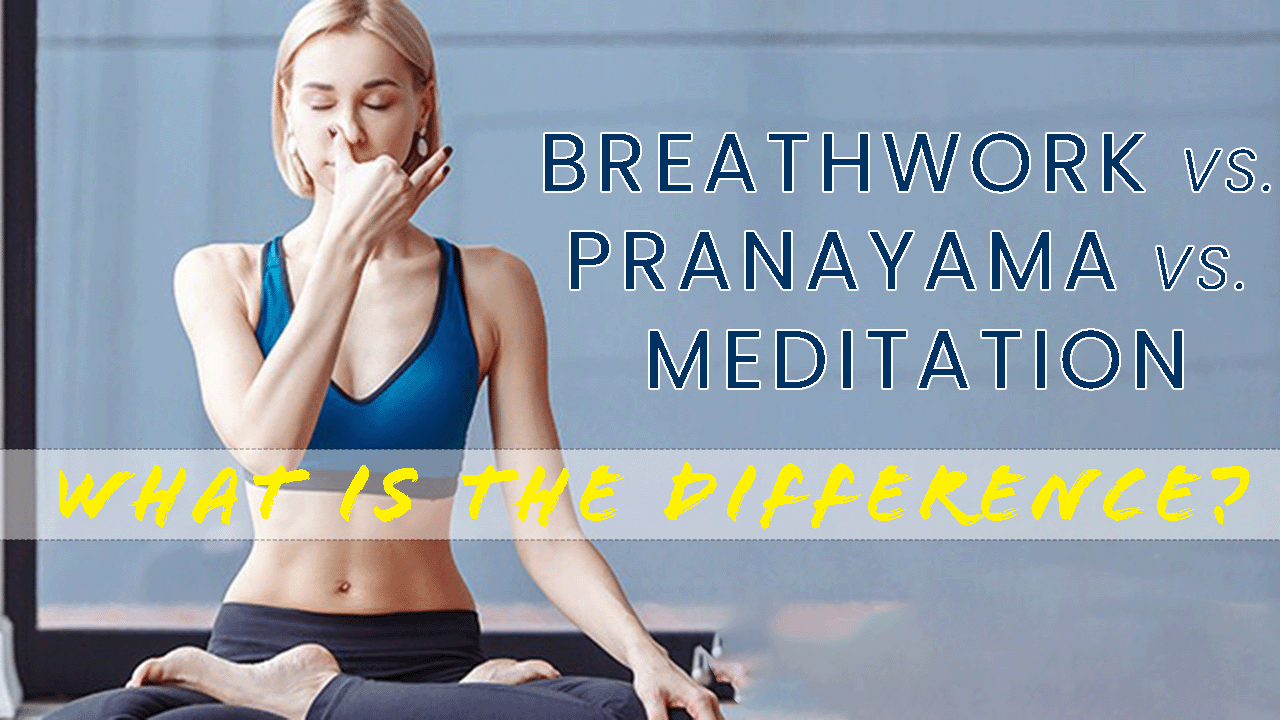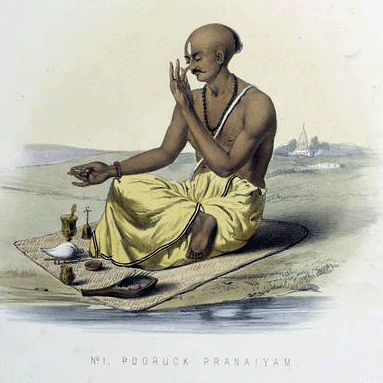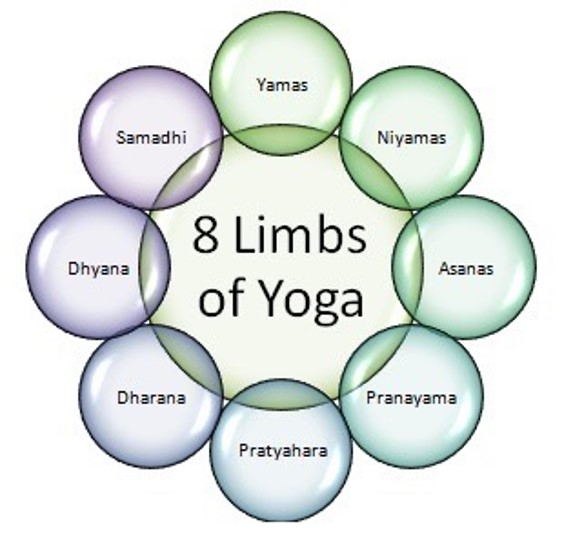Breathwork vs. Pranayama vs. Meditation: What’s the Difference?
Dec 15, 2022
Breathwork, pranayama, and meditation are growing in popularity in modern times as one of the most potent ways to improve your mental and physical health. However, these terms are thrown around a lot these days without much awareness of what they truly signify.
So, what is the difference between breathwork, pranayama, and meditation? And how can we use these practices to systematically support our wellbeing? We will explore the answers to these questions in greater depth in this article today!
What is Breathwork?
Breathwork is any practice that involves becoming aware of or subtly changing the pattern of your breathing. Breathwork can look different depending on the teacher or school that you study from. But the term breathwork originates from the creation of Conscious, Connected Breathwork (CCB) which has its roots in rebirthing or holotropic breathing in the 1960s. These breathing practices focus on removing the pause between the inhalation and exhalation, creating a smooth and rhythmic breathing cycle to access altered states of consciousness.
What is Pranayama?
 Like breathwork, pranayama is also focused on transforming and changing the pattern of the breath. But on a deeper level, pranayama is aimed at influencing the flow of prana or the life force energy in the body. Where the breath flows, the prana flows, and where the prana flows, so does the mind. The ultimate goal of pranayama practice is to shift the flow of prana and prepare the mind for deeper states of awareness during meditation practice.
Like breathwork, pranayama is also focused on transforming and changing the pattern of the breath. But on a deeper level, pranayama is aimed at influencing the flow of prana or the life force energy in the body. Where the breath flows, the prana flows, and where the prana flows, so does the mind. The ultimate goal of pranayama practice is to shift the flow of prana and prepare the mind for deeper states of awareness during meditation practice.
There are many different pranayama techniques, but during pranayama, the main focus is often on extending the pause between the inhalation and exhalation rather than removing it like in breathwork. Pranayama practices can also involve other techniques, such as manipulating the nostrils in alternate nostril breathing, using the tongue as a tube to breathe through in the cooling sheetali pranayama, or humming on the exhalation in the soothing bee breath or bhramari pranayama.
What is Meditation?
Meditation is the practice of focusing the mind on a singular point to cleanse your awareness and awaken into a higher state of consciousness. Unlike breathwork and pranayama, meditation does not involve changing anything about the pattern of the breath. Instead, meditation involves observing the breath exactly as it is, with a nonjudgmental state of awareness.
By observing the breath as it is, you can gradually train the mind to be present with the truth of reality and see things without getting attached to them. The main goal of meditation is to move beyond the cycles of attachment to pleasure and aversion to pain, moving beyond the dualities of the world into a nondual, universal state of awareness.
Additionally, it is essential to note that not all meditation techniques involve becoming aware of the breath. Some meditation techniques may involve chanting mantras, engaging in visualizations, focusing on sensations in the body, and many other methods of deepening awareness and uncovering the habit patterns of the mind.
What’s the Difference Between Breathwork, Pranayama, and Meditation?
As you can see, breathwork, pranayama, and meditation have some overlapping similarities, but they are actually distinctly different practices. Although breathwork and pranayama can certainly feel meditative, the underlying goals of these practices are different, and they each have unique elements that make these practices into the transformative experiences that they have to offer.
Additionally, although breathwork, pranayama, and meditation may all focus on the breath, they actually focus on different elements. For example, breathwork involves removing the pause between the inhale and exhale, whereas pranayama often involves extending that pause. In contrast, meditation does not involve changing the breath at all and is instead the act of simply observing the breath as it is.
The Patanjali Yoga Method of Pranayama and Meditation
 Although breathwork, pranayama, and meditation may be different practices, they can also be viewed as an interconnected system, ultimately leading us toward the higher goal of awakening, known as samadhi in yoga practice.
Although breathwork, pranayama, and meditation may be different practices, they can also be viewed as an interconnected system, ultimately leading us toward the higher goal of awakening, known as samadhi in yoga practice.
As described in the Patanjali Yoga Sutras, the main text for traditional yoga practice, there are eight limbs of yoga. These eight limbs are yama (moral restraints), niyama (ethical duties), asana (yoga poses), pranayama (breathing techniques), pratyahara (sense withdrawal), dharana (concentration on a single point), dhyana (meditation), and samadhi (enlightenment).
These eight steps are actually in an important sequential order because they teach us how to move towards the primary goal of yoga practice of awakening or samadhi. We first begin by harmonizing our lives through the ethical and moral practices of the yamas and niyamas. Then we learn to settle into a comfortable seated position through asana practice so that we can begin to transform the flow of the breath through pranayama.
As the mind begins to focus through pranayama practice, your senses start to move inwards during pratyahara. Ultimately, you focus your mind on a singular point through the practice of dharana. When you can hold this point for a more extended period of time, this then shifts into meditation practice. And as you sustain a meditative state of awareness, this eventually transforms into a higher state of awakening called samadhi.
Through this sequential process, we can understand the connection between breathwork, pranayama, and meditation as also being a stepwise practice moving us toward deeper and deeper internal states. Beginning with breathwork, we can start to find rhythm and depth in the breath. This can then shift into pranayama practice, where we use the breath to influence the flow of energy or prana in the body. Then, finally, this transforms into meditation, where we entirely release the control of the breath to focus deeply inwards.
Explore the Power of Breathwork, Pranayama, and Meditation
Although breathwork, pranayama, and meditation have many similarities and overlapping components, they are different practices, each with its own unique purposes and benefits. By understanding these distinctions, it allows you to deepen further into these practices and incorporate the vastness of these practices into your daily life.
In our online courses at Breath Yoga, we explore breathwork, pranayama, and meditation in greater depth to give you the tools to work with these transformational techniques on your own. Make sure to check out our online courses to learn more and begin your profound journey within today!
Breath Energy Newsletter
The Breath Energy Newsletter comes out on the first Friday of every month. It includes a conscious breathing practice, a body-mind topic and announcements.
Enter your email and sign up for free right now
No Spam. Unsubscribe at any time.

